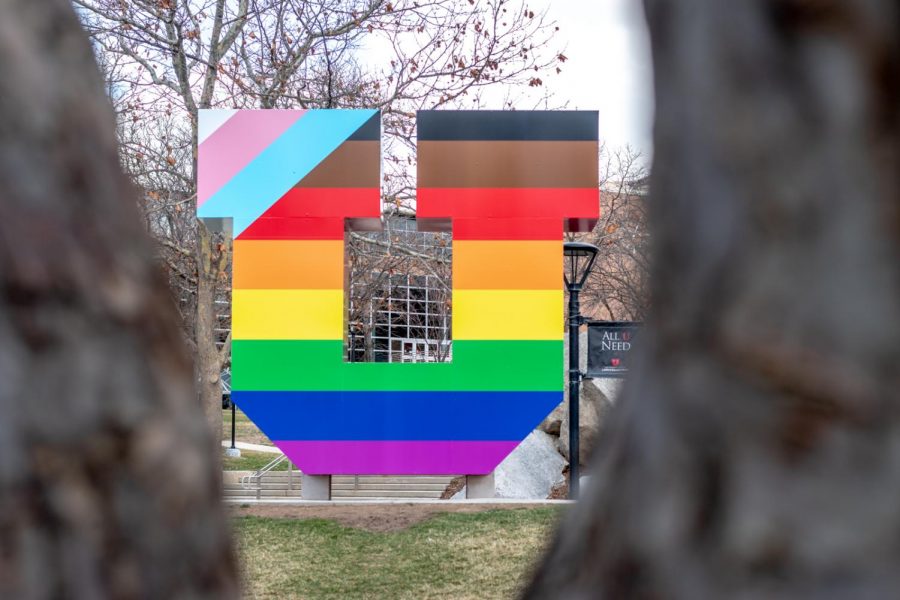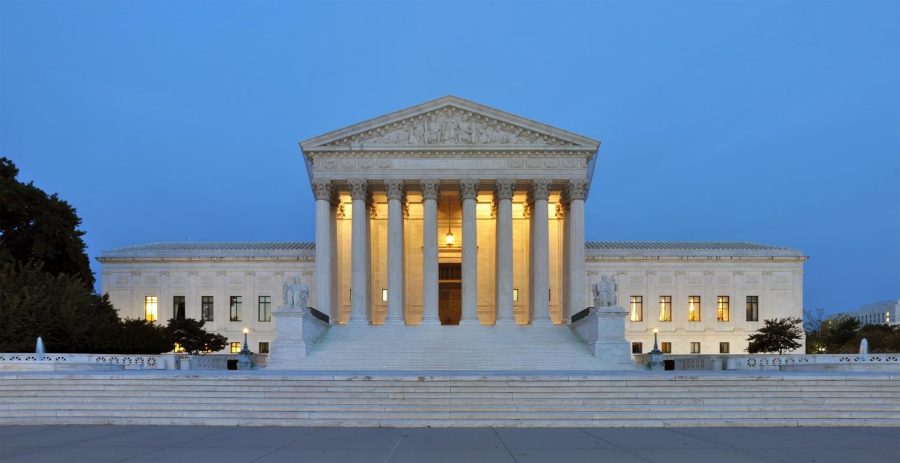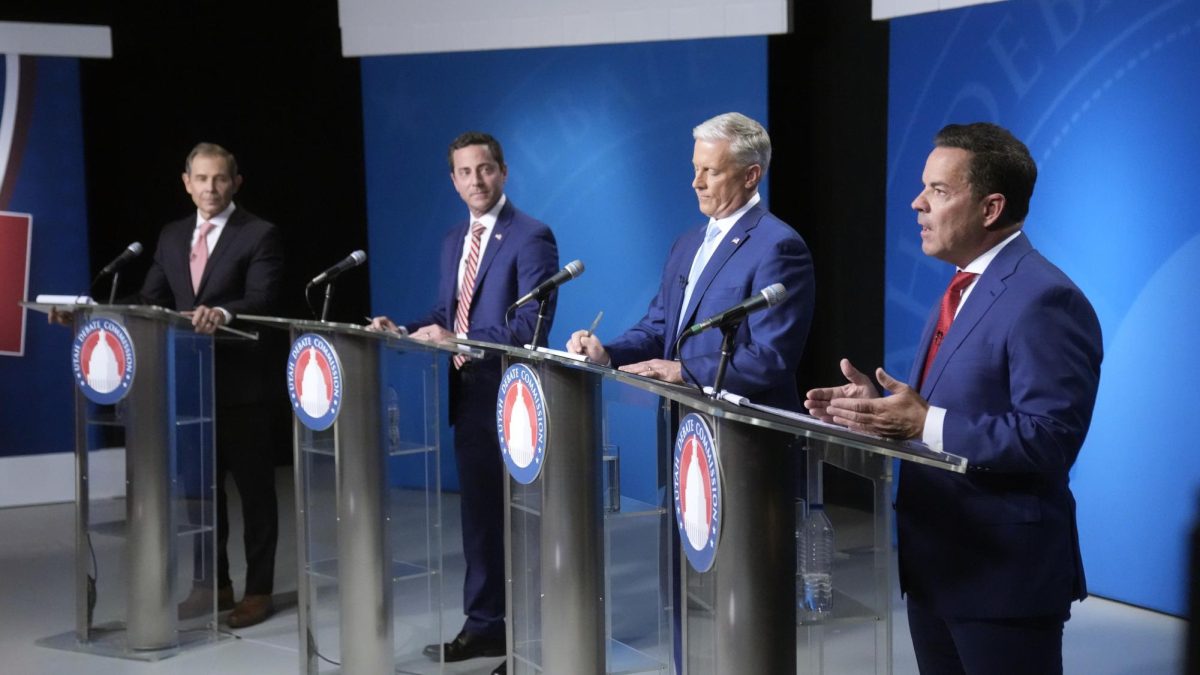After two years of planning, a proposal has been drafted to create a campus-wide recycling program.
The plan calls for almost $310,000 in one-time funding to buy recycling bins and a cardboard compactor and to start a marketing campaign.
Funding for the proposal must now win approval from the upper administration.
“We’ve finally turned the corner and we’re doing something,” said Corry Higgins, director for plant operations.
Though funding from the administration is uncertain, Higgins said members of University of Utah President Michael K. Young’s cabinet were pleased with the plan.
“The money’s not in the bank, but it’s pretty sure,” Higgins said.
The recycling campaign will primarily focus on paper-a 2005 study of the U’s garbage cans and dumpsters revealed that 40 percent of the U’s waste stream is recyclable paper.
If funding is secured, the U could go from recycling between 17 and 23 percent of its waste to around 43 percent, according to the proposal.
“That’s just a start-we’ll build on that,” said Mike Perez, associate vice president for facilities management.
Fellow Utah schools Brigham Young University and Utah State report recycling 48 percent and 20 to 25 percent of their waste, respectively.
The push to create a campus-wide recycling program started in 2005 when student government leaders raised more than $95,000 to hire Cascadia, a waste management-consulting group, to audit the U’s waste habits.
The report found that the U was recycling about 17 percent of its garbage and could be recycling much more-about 70 percent of its total waste.
“It was alarming to everyone,” said current Student Body President Jake Kirkham.
Following the audit, the U has spent much of the last two years working with Cascadia to analyze the audit results and conduct a pilot recycling program in a handful of buildings.
While the process may seem cumbersome, Perez said, the U needed to know how much it was recycling before starting a new program.
“You (need) data with which to make good decisions,” Perez said. “Sometimes, to do the right thing you have to step back and let the right processes go forward.”
Kirkham said the recycling effort has been an issue driven primarily by prior student government leaders.
“After a couple years of the students nagging, the administration got it going,” he said.
Higgins said that if approved, the recycling program will be fully in place by Fall Semester 2007.
 Jenny Elkins
Jenny Elkins











